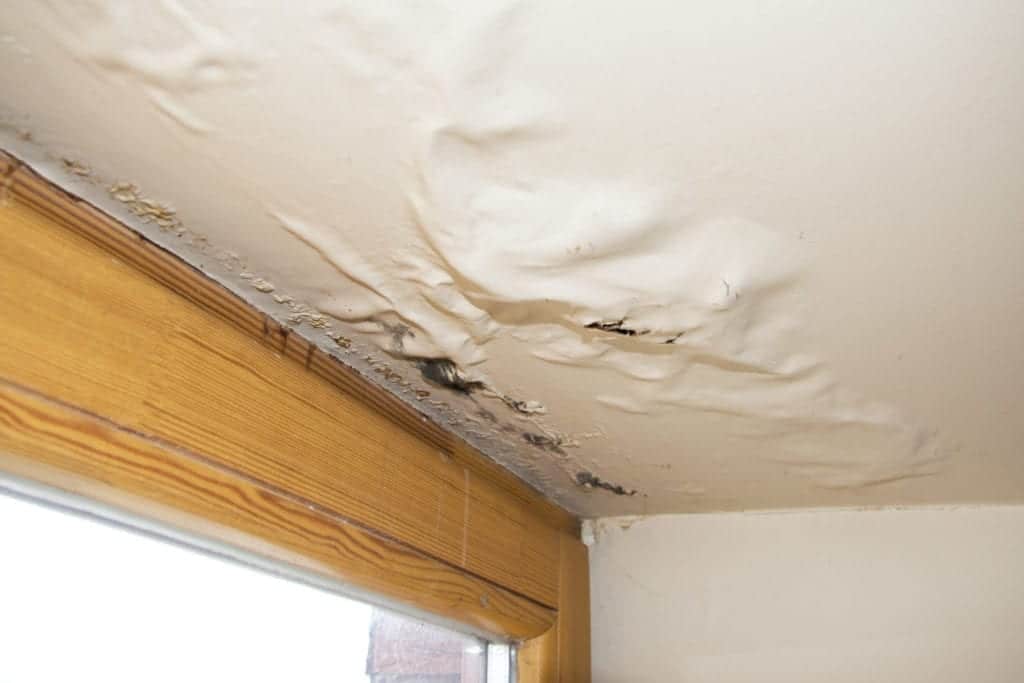How to Locate and also Repair Service Water Leaks-- A Comprehensive Guide
How to Locate and also Repair Service Water Leaks-- A Comprehensive Guide
Blog Article
Everybody will have their personal notions when it comes to Leaking water lines.

Early discovery of leaking water lines can mitigate a possible calamity. Some small water leaks might not be visible.
1. Examine the Water Meter
Checking it is a proven method that assists you uncover leakages. If it relocates, that suggests a fast-moving leakage. This indicates you might have a slow leak that can even be underground.
2. Check Water Intake
If you find unexpected adjustments, regardless of your usage being the exact same, it means that you have leaks in your plumbing system. An unexpected spike in your expense shows a fast-moving leakage.
A constant rise every month, even with the same habits, shows you have a sluggish leakage that's also slowly escalating. Call a plumber to completely inspect your home, specifically if you really feel a warm location on your flooring with piping underneath.
3. Do a Food Coloring Test
When it comes to water usage, 30% comes from bathrooms. If the color in some way infiltrates your dish during that time without flushing, there's a leak in between the storage tank and also dish.
4. Asses Exterior Lines
Don't forget to examine your outside water lines as well. Test faucets by affixing a garden hose. Should water seep out of the link, you have a loosened rubber gasket. Replace this and ensure all links are limited. If you've got a sprinkler system, it will certainly aid get it properly checked out and also preserved yearly. One tiny leakage can squander lots of water as well as spike your water bill.
5. Inspect and Assess the Circumstance
Homeowners need to make it a habit to inspect under the sink counters and also also inside closets for any type of bad odor or mold and mildew development. These 2 red flags indicate a leak so timely interest is called for. Doing routine inspections, even bi-annually, can save you from a major issue.
Inspect for discolorations as well as weakening as most appliances and pipes have a life expectancy. If you think leaking water lines in your plumbing system, don't wait for it to rise.
Early detection of leaking water lines can mitigate a potential disaster. Some tiny water leaks may not be visible. Examining it is a guaranteed means that aids you uncover leakages. One small leak can squander lots of water and spike your water bill.
If you suspect dripping water lines in your plumbing system, do not wait for it to rise.
How to Know If Your Home Has a Hidden Leak
Water Meter Reveals Inexplicable Water Usage
If you’d like to test whether or not there’s a leak somewhere in your home, you can do this using your water meter. Here is how to conduct the test:
Don’t use any water in your home for at least 30 minutes; this also means not turning on faucets or water-using appliances.
Go outside, and check your water meter for activity.
If your water meter shows that there was activity, even though no one was using any water, this proves that there is a leak in your home.Visible Mold or Mildew Growth
Leaks behind walls create moist, dark environments that allow mold and mildew to grow and thrive. Eventually, you might see mold growth forming on the wall closest to a hidden leak.
If mold is growing in an area that receives a high amount of moisture, such as a bathroom, it may simply be an indication that better ventilation is needed. However, if you see mold growth on a wall or the ceiling in an area where you would not expect, you probably have a hidden leak.
Musty, Mildew Odor
Sometimes you might not be able to see the mold or mildew that is growing as a result of a leak. However, the smell can give the problem away just as easily. If you catch a whiff of something musty, there’s a good chance that old water is collecting somewhere in your home that you can’t see.
Stained/Warped Walls, Ceilings, or Floors
When your home soaks up water, a variety of red flags can become visible, including ceiling stains, bubbling drywall, warped walls, and sagging floors. While these issues can be caused by excess humidity, they can also be signs that a pipe or plumbing connection has started leaking behind your walls.
Inexplicably High Water Bill
After a while, you get a general sense for what your water bill should be. If you own a pool or sprinkler system, your bill will tend to be higher during summer. However, if you receive a water bill that seems especially high, and you can’t figure out what caused it, then you may have a hidden leak somewhere that’s increasing your bill.
https://www.plumbingjoint.com/blog/2019/july/how-to-know-if-your-home-has-a-hidden-leak/

Hopefully you enjoyed reading our piece about Hacks to detect leaks. Thanks for spending some time to read through our short article. Are you aware of anybody else who is curious about Locating water leaks? Do not hesitate to share it. I enjoy reading our article about Leaking water lines.
Report this page